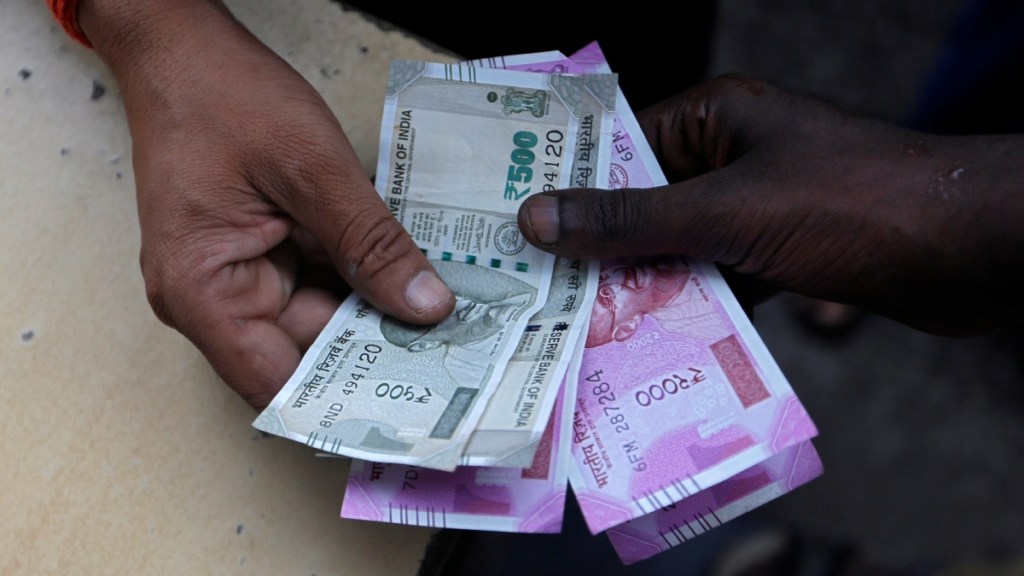Infrastructure financing in India is at a crossroads again. Having drawn up a plan to retire 50% of its humongous Rs 3.4 trillion debt by FY30, the National Highways Authority of India (NHAI) will have to keep away from the capital market for the next many years. It had ceased to borrow in large quantities since FY22, and started relying solely on the Union Budget to finance the projects. Toll revenues of about Rs 20,000 crore a year and roughly half of that generated via the leasing out of operational projects—asset monetisation through InvIT—are barely enough to service the agency’s accumulated debt, let alone fund greenfield projects.
The cost of servicing the debt is seen to peak at Rs 62,000 crore by FY28, before petering out. The ministry of highways has reportedly sought a Budget outlay of around Rs 3.25 trillion for FY25, up 25% on year, and roughly 60% of it could be on the NHAI’s behalf.
This staggering—and unsustainable—burden on the Budget is a reflection of the continued absence of private risk capital in the highway sector, where the public private partnership (PPP) model floundered by 2010, and contributed in large measure to the “twin balance sheet crisis” that followed. The funds constraint may have already started to show on project implementation—NHAI’s project awards plunged to 310-km in April-October FY24, from 6,000-km stretches in the whole of FY23, and 6,300-km the year before. A similar resort to Budget funds is seen in the railway sector, where, too, a lid has been put on fresh borrowings by IRFC. The greater reliance on taxpayer’s money for fixed asset creation in the two key infrastructure sectors is at variance with the 40% share for private capital envisaged under the Rs 111-trillion National Infra Pipeline (FY20-FY25).
The PPP mode that was first devised 1997 and rejigged multiple times since to meet the country’s mammoth infrastructure challenge, has produced mixed results. It has been successful in telecom, started producing satisfactory results in airports soon, and later made headway in renewable energy and power transmission. In fact, the seaport sector too has seen great strides in harnessing private capital over the last quarter century. From under 10% two decades ago, three-fourths of cargo at India’s ports are now handled at terminals owned or operated by the private sector. At the same time, PPP models for development of railway stations came a cropper.
Starting from the formation of IDFC in 1997-98, there has been several attempts by the policymakers to provide the infrastructure sector with compatible institutional finance. The latest in this series is the National Bank for Financing Infrastructure and Development unveiled in Budget FY22, which followed the quasi sovereign wealth fund—NIIF—set up in 2015. Global patient capital and multilateral development banks are expected to reinforce these entities, and they already have begun doing so, though on a limited scale. However, patient capital would usually be interested in brownfield assets, rather than risk-prone greenfield ventures. Such capital would help unlock Budget funds for projects that might not yield direct returns. More than the dearth of finance, what impedes private capital is, however, the lack of realistic, custom-made PPP concession agreements. Dispute resolution also remains a challenge. The right policy would be to earmark the segments suitable for public investments, and maximise the scope for private capital to punt in other areas.

